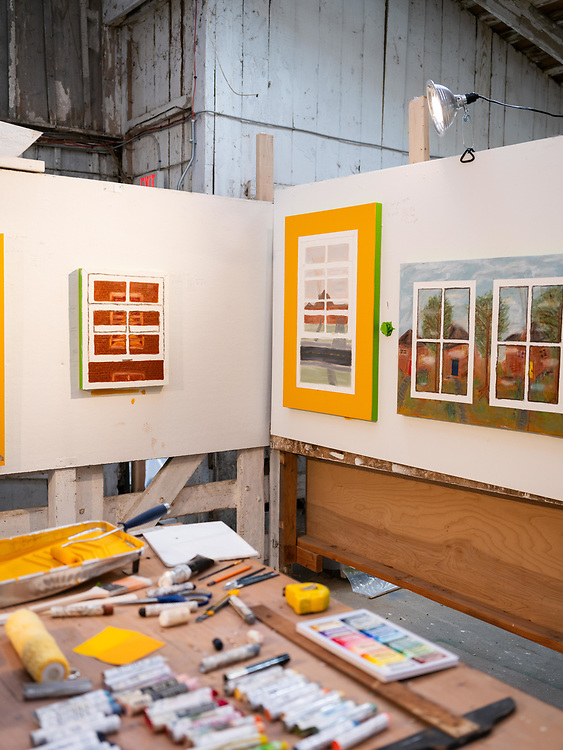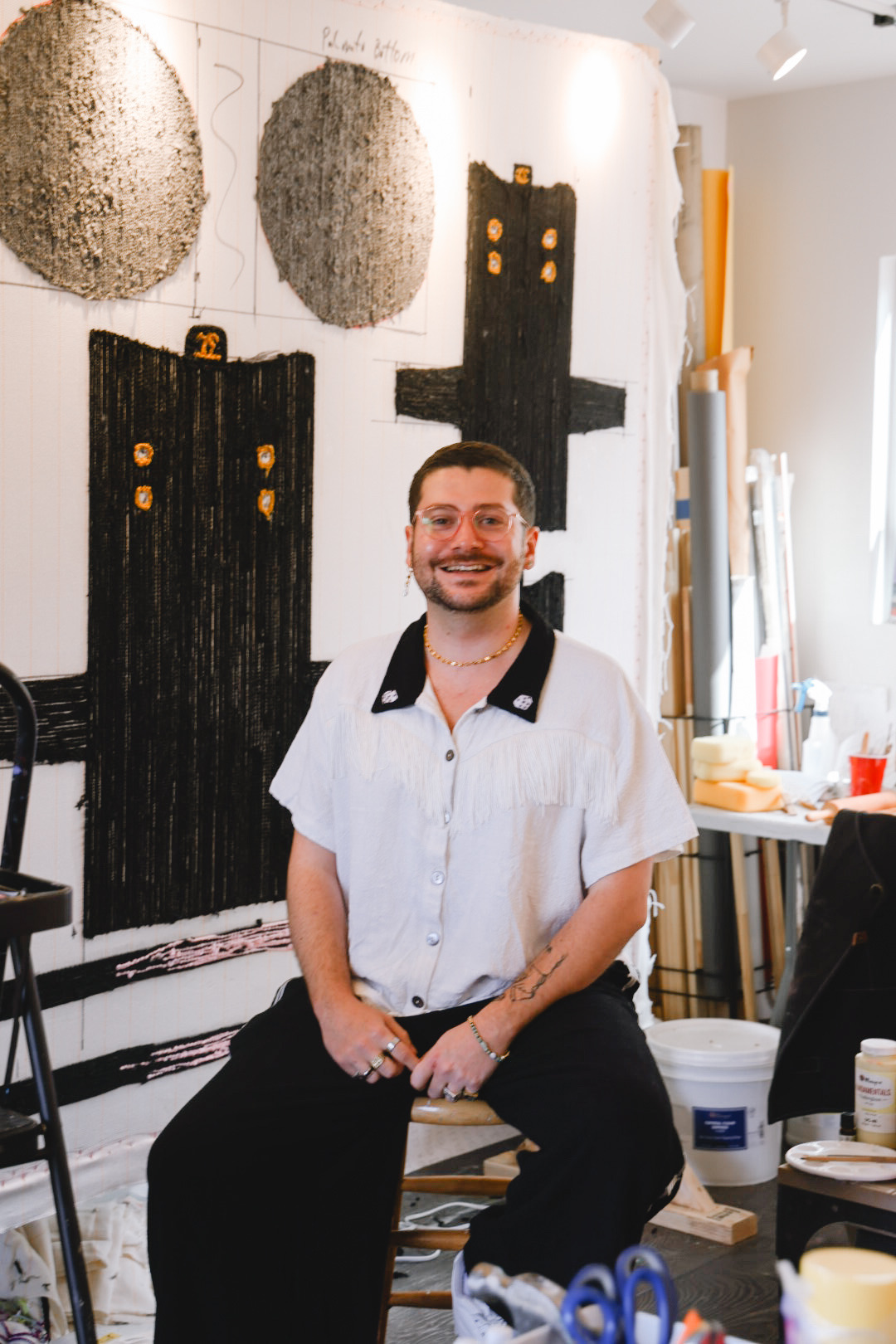We’re excited to introduce you to the always interesting and insightful Thomas Martinez Pilnik. We hope you’ll enjoy our conversation with Thomas below.
Thomas , thanks for taking the time to share your stories with us today I’m sure there have been days where the challenges of being an artist or creative force you to think about what it would be like to just have a regular job. When’s the last time you felt that way? Did you have any insights from the experience?
Since I left college in 2016, I’ve had countless “regular” jobs. From a marketing strategist at a major Ad Agency, to an event planner at large universities, I’ve covered quite a range of careers. I even thought I wanted to lean into my path in Higher Education and graduated with a Master’s in Education from USC in 2020. It was then, however, that I decided that I would never have a job again.
Growing up in London with Brazilian parents, I watched my father carve a path of stability for us through his singular career and my mother meander through jobs in multiple industries just as I have. Both had so much value and gave me the confidence to know that I could stay somewhere if I wanted to but move boldly through life until I landed somewhere that felt right.
That’s exactly what I did when I moved to the US. I changed majors a few times until I felt content, moved cities until I found a place that felt like home, and finally allowed myself to claim the title of Artist. To prove to myself that I could commit to this new way of being, I attended the University of Connecticut and obtained my MFA. It’s been just over a year since I graduated and became a “full-time Artist” and I wouldn’t change a thing.
Except, earlier this year everything got flipped on its head after I accepted a job (I know, I know…) running an Artist Residency in Southern California. It felt close enough to being an artist – and gave me space to continue my practice – and the promise of some financial stability was tantalizing. Unfortunately, just as I had re-arranged my life and planned my move from LA, the non-profit organization that ran the residency announced its closure. This is just a fact of life in a creative field, and I am so glad I was a part of that residency before it closed. But all this was a sign to continue carving my own path and not rely on others for stability.
In the spirit of turning lemons into Lemonade, I co-founded Feia, a new kind of design studio, with my husband to turn our creativity into community. I am still an artist, but I am also a business owner and I am proud that we’ve been able to accomplish so much in just the first few months of existing as a company.
This time, I mean it when I say I’ll never have another job. Everything I do is now for me, my art, my husband, my family, and Feia. After all that I’ve experienced, I couldn’t be happier choosing the life of an artist.


Thomas , love having you share your insights with us. Before we ask you more questions, maybe you can take a moment to introduce yourself to our readers who might have missed our earlier conversations?
In my art practice – a combination of painting, textiles, and ceramics – I use touch, materiality, and storytelling to recall personal narratives over and over again and translate them into objects. The more I bring a memory into focus, the more fragile it becomes. The more I use a memory, the more likely it is to change. So as the safest memories are those that exist in the minds of people who cannot remember, I almost recklessly rely on my memories to try and find the truth behind them. The more I try, the less I prevail. And so my work is imperfect, often impermanent, and revels in its flaws and failures. Each piece bears the imprint of my hands – molded, pinched, and pulled in an attempt to immortalize the process of creation itself. Ultimately, I invite the viewer to consider the nuances of their memories and contemplate the universal themes of our collective human experience.
Feia is a similar venture, relying on the softness of memory to provide a community-based experience. Feia, literally meaning Ugly in Portuguese (and in Spanish spelled Fea), is more than just an insult. It expresses curiosity, intrigue, excitment, novelty, beauty, disgust, and everything in between. I grew up hearing the phrase “Ai, Que Coisa Feia!” throughout my childhood. It could describe a reaction my mum had while I bit my nails, a scraggly-toothed dog walking down the street, or even a stunningly opulent piece of art sitting at the Tate Modern. We aim to capture that all with Feia. Through events, dinners, workshops, exhibitions, and more, we will surprise, delight, and sometimes even disgust. That is the whole point after all.
So far, we have activated gallery spaces through food-based responses to the art, hosted a birthday party in a giant art studio warehouse, collaborated with artists to make sold-out merch, and opened a physical ceramics workshop space in San Clemente. We’re responding to people individually, and we’re seeing where the wind blows us next.


In your view, what can society to do to best support artists, creatives and a thriving creative ecosystem?
America could really use a Secretary for the Arts and Culture. Growing up in the UK, I was lucky to be surrounded by free access to some of the world’s best museums, galleries, and other cultural institutions. We have a Secretary for Culture and an Arts Council that promotes the careers of artists across the nation. Even that isn’t enough, and the longstanding (now gone) conservative government in the UK decimated funding for the arts, but that’s for another time.
Here, you have a very fragile National Endowment for the Arts and not much else coming from the top. For as much rhetoric that celebrates the arts and culture here, you have very few people putting their money where their mouth is. Although a Top-down approach to anything is never the be-all-end-all solution, federal funding and a permanent secretary for the arts would go a long way in legitimizing creative career pathways.
Other than that, broader recognition that culture-makers are the lifeblood of a thriving and interesting society would go a long way to increase understanding of non-conventional careers. We make “Art”, yes, but we also make TV, film, music, theater, advertisements, clothing, cars, buildings, and everything else that you touch, use, and eat on a daily basis.


What’s the most rewarding aspect of being a creative in your experience?
There’s this little moment that maybe only Artists recognize.
I love watching people look at my artwork when it’s hanging at a gallery or presented at a show. Some people glance at one of my paintings or sculptures and then walk away and move on. But others have this split-second where their whole mind and body fully engages with a work. That moment, almost like a double-take, is the most rewarding feeling in the world.
It is at that moment where you know you’ve spoken to someone. You can see it in their eyes, they dart about the canvas. Then they take a step forward and examine the work in its totality. They’re reading an object and in that very moment, you have been the most successful you can be as an artist.
Contact Info:
- Website: tmpilnik.com / feia.studio
- Instagram: @tmpilnik / @feia.studio


Image Credits
Shawn Chavez, Wassaic Project


